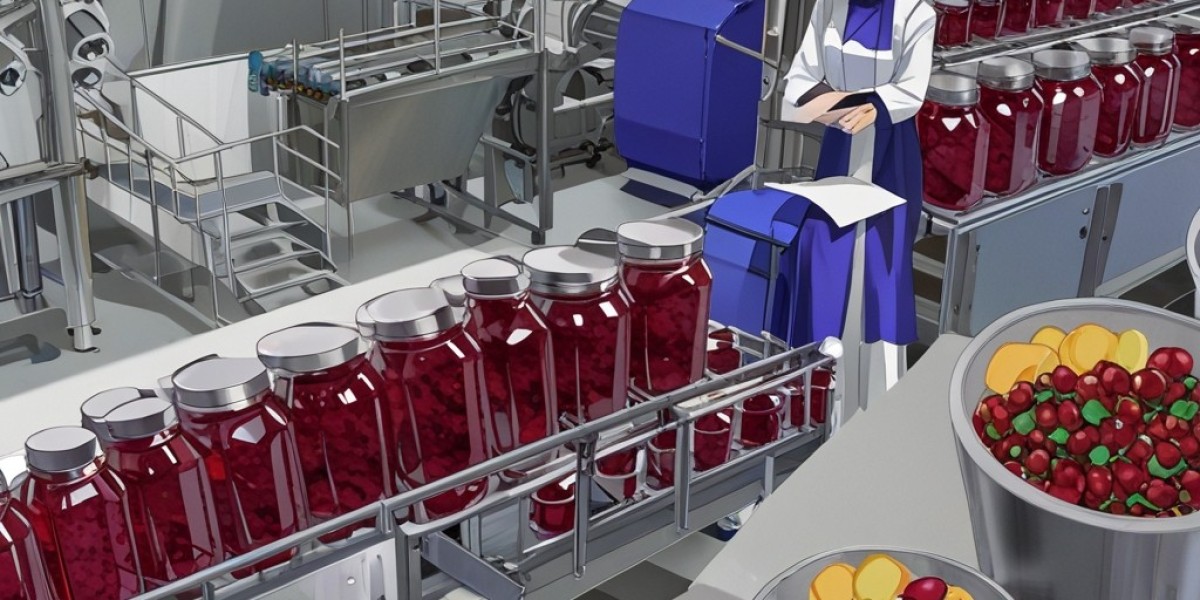Exposed aggregate concrete in Adelaide is a popular choice for both residential and commercial projects, known for its unique aesthetic appeal and durability. At Panorama Concrete Adelaide, we specialize in providing high-quality exposed aggregate solutions that meet the diverse needs of our clients. In this article, we will explore the benefits, application methods, maintenance tips, and design options for exposed aggregate concrete, ensuring you have all the information needed to make an informed decision.
What is Exposed Aggregate Concrete?
Exposed aggregate concrete is a type of decorative concrete that showcases the natural stones and aggregates within the mix. By removing the top layer of cement paste, the underlying stones are revealed, creating a textured, visually appealing surface. This technique not only enhances the aesthetic quality of the concrete but also adds durability and slip resistance, making it an excellent choice for various applications.
The Benefits of Exposed Aggregate Concrete
1. Aesthetic Versatility
Exposed aggregate concrete is available in a wide range of colors, textures, and aggregate types, allowing for endless design possibilities. Whether you prefer a polished finish or a more rustic look, exposed aggregate can be customized to complement any architectural style or landscape.
2. Durability and Longevity
The strength of exposed aggregate concrete is one of its most significant advantages. The aggregates used in the mix provide added toughness, making it resistant to cracking, fading, and wear over time. This durability makes it ideal for high-traffic areas such as driveways, sidewalks, and patios.
3. Slip Resistance
The textured surface of exposed aggregate concrete offers excellent traction, reducing the likelihood of slips and falls. This feature makes it particularly suitable for outdoor areas, poolsides, and commercial spaces where safety is a priority.
4. Low Maintenance Requirements
Exposed aggregate concrete is relatively easy to maintain compared to other decorative concrete options. Regular cleaning and periodic sealing are usually sufficient to keep the surface looking fresh and vibrant. This low-maintenance aspect can save property owners time and money in the long run.
Applications of Exposed Aggregate Concrete
Exposed aggregate concrete is incredibly versatile and can be used in various applications, including:
1. Driveways
A beautifully designed exposed aggregate driveway enhances the curb appeal of your property. The combination of durability and aesthetic appeal makes it a favorite choice for homeowners looking to create a welcoming entrance.
2. Patios and Walkways
Creating an outdoor living space is effortless with exposed aggregate patios. The textured finish provides a comfortable walking surface and can be customized to fit seamlessly with landscaping and outdoor furniture.
3. Pool Decks
Safety is crucial around pools, and exposed aggregate concrete offers an excellent solution. Its slip-resistant surface ensures safety for family and guests while adding a stylish touch to your pool area.
4. Commercial Spaces
Many businesses opt for exposed aggregate concrete for sidewalks, courtyards, and parking lots. The combination of durability and aesthetic appeal makes it a practical choice for high-traffic commercial environments.
How is Exposed Aggregate Concrete Installed?
The installation process for exposed aggregate concrete involves several key steps, ensuring a high-quality finish that lasts. Here’s a detailed breakdown:
1. Preparation
Before any concrete is poured, the site must be properly prepared. This includes clearing the area of debris, leveling the ground, and creating forms to hold the concrete in place. Proper drainage considerations are also essential to prevent water pooling.
2. Mixing the Concrete
The concrete mix is created with the desired aggregates, cement, water, and any additional additives. It is crucial to choose high-quality aggregates to ensure the best aesthetic and functional results.
3. Pouring the Concrete
Once the mix is ready, it is poured into the prepared forms. Proper leveling is critical at this stage to create a uniform surface. The concrete should be spread evenly to avoid any inconsistencies in texture.
4. Exposing the Aggregate
After the concrete has been poured and leveled, the surface is treated to expose the aggregates. This is typically done using a technique called “washing,” where water is applied to the surface to remove the top layer of cement paste, revealing the stones beneath.
5. Curing
Curing is a vital step in the installation process, allowing the concrete to gain strength and durability. It is essential to keep the concrete moist during this period, which can last several days. Proper curing prevents cracking and enhances the overall quality of the exposed aggregate.
6. Sealing
To protect the surface and enhance its appearance, a high-quality sealant is applied once the concrete has cured. This sealant acts as a barrier against moisture and stains while providing a glossy finish that brings out the colors of the aggregates.
Design Options for Exposed Aggregate Concrete
When it comes to design, exposed aggregate concrete offers numerous possibilities. Here are some popular options:
1. Color Variations
The color of the aggregates can be customized to match your property’s aesthetic. From warm earth tones to vibrant hues, the choice of color can significantly impact the overall look of your space.
2. Aggregate Types
Different types of aggregates, such as river stones, granite, or recycled glass, can be used to create distinct visual effects. Each type offers a unique texture and appearance, allowing for creative expression.
3. Patterns and Textures
Exposed aggregate concrete can be stamped or textured to create intricate designs. Popular patterns include geometric shapes, natural stone imprints, or custom designs that reflect your personal style.
Maintenance of Exposed Aggregate Concrete
To ensure your exposed aggregate concrete remains in top condition, follow these maintenance tips:
1. Regular Cleaning
Keep the surface clean by sweeping away dirt, leaves, and debris. For deeper cleaning, use a pressure washer with a mild detergent to remove stains and maintain its appearance.
2. Sealing
Reapply sealant every few years to protect the surface from wear and moisture. This process will help maintain the color and texture of the exposed aggregate.
3. Repairing Damage
Address any cracks or chips promptly to prevent further damage. Repair kits are available that allow you to fill in imperfections seamlessly.
Choosing the Right Contractor
Selecting a reputable contractor is crucial for ensuring the quality of your exposed aggregate concrete installation. Here are some tips for finding the right professional:
1. Experience and Expertise
Look for contractors with extensive experience in installing exposed aggregate concrete. They should have a portfolio showcasing their previous work.
2. References and Reviews
Check online reviews and ask for references to gauge the quality of their work and customer satisfaction.
3. Detailed Quotes
Request detailed quotes from multiple contractors. This will help you understand the scope of work and ensure there are no hidden costs.
Conclusion
Exposed aggregate concrete in Adelaide offers a perfect blend of beauty, durability, and versatility. Whether you’re enhancing your home’s curb appeal or creating an inviting outdoor space, this decorative concrete option is an excellent choice. At Panorama Concrete Adelaide, we are committed to delivering top-notch services that meet your specific needs. With our expertise and attention to detail, we ensure your project is executed flawlessly, resulting in a stunning and long-lasting surface that adds value to your property. Contact us today to learn more about how we can help you transform your space with exposed aggregate concrete.

